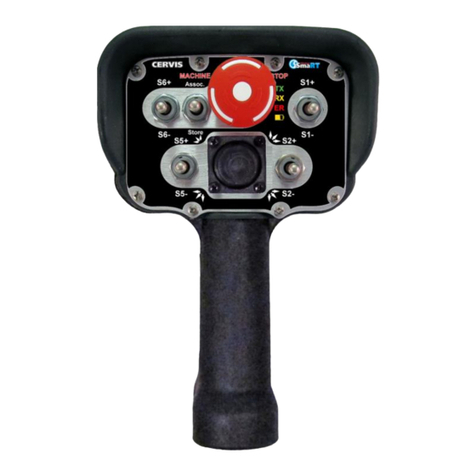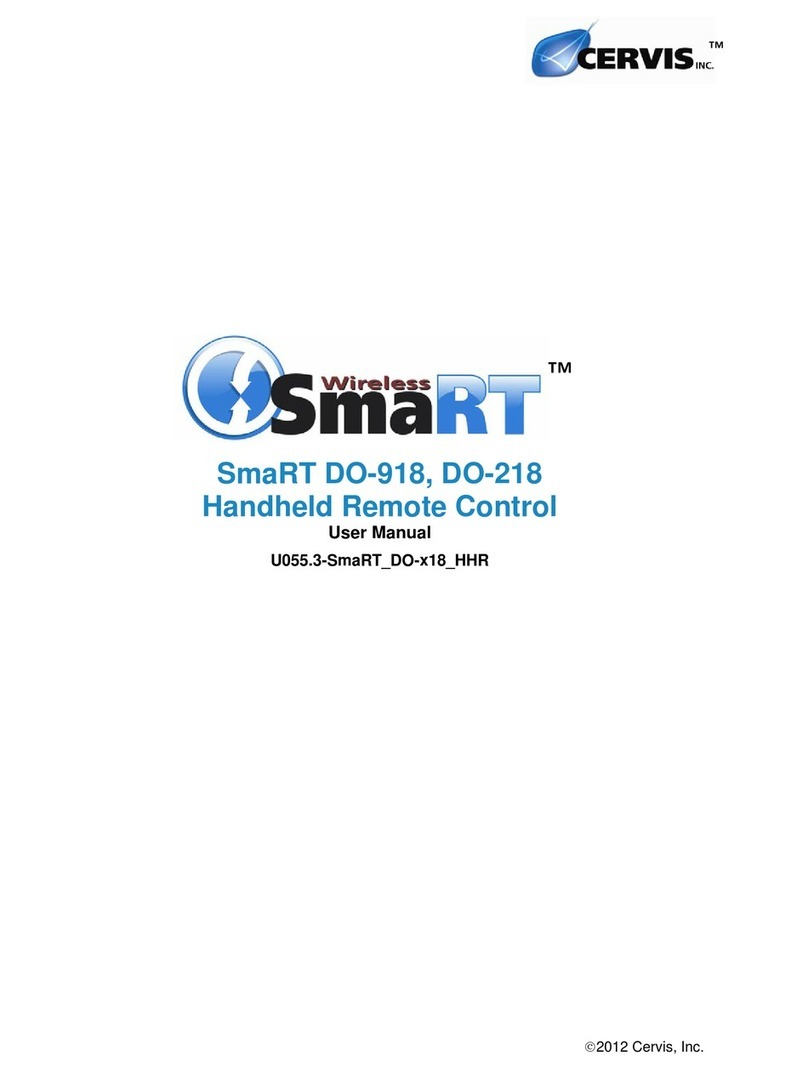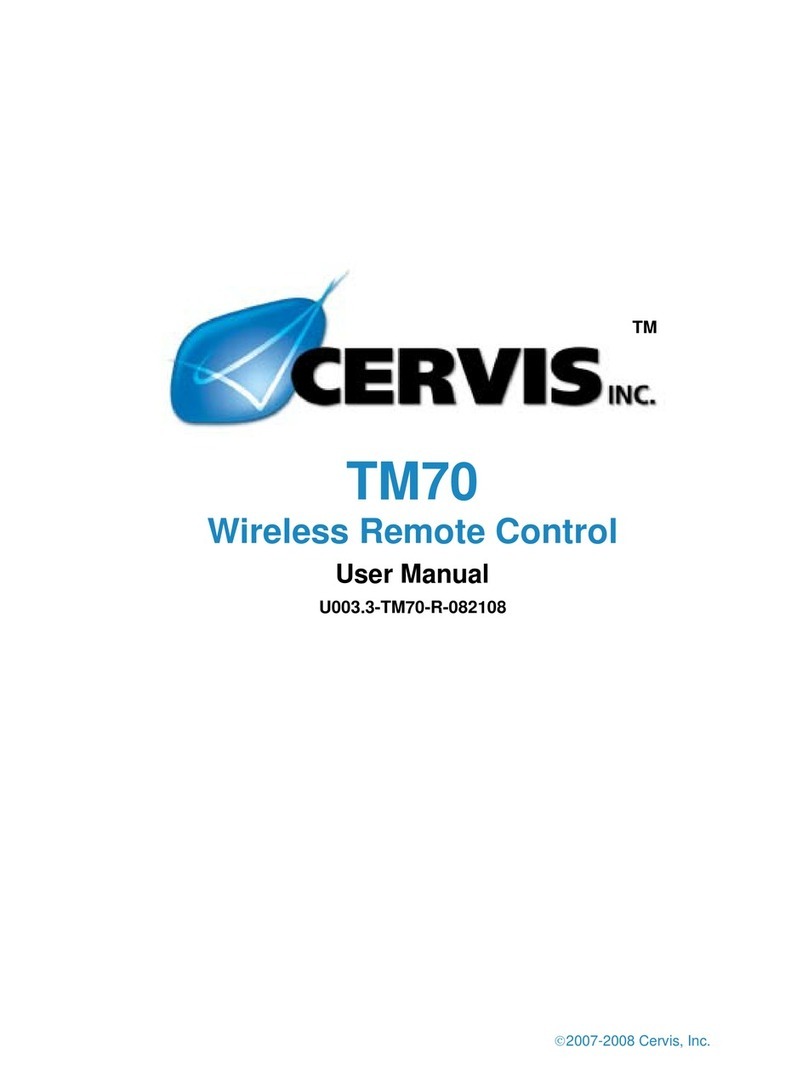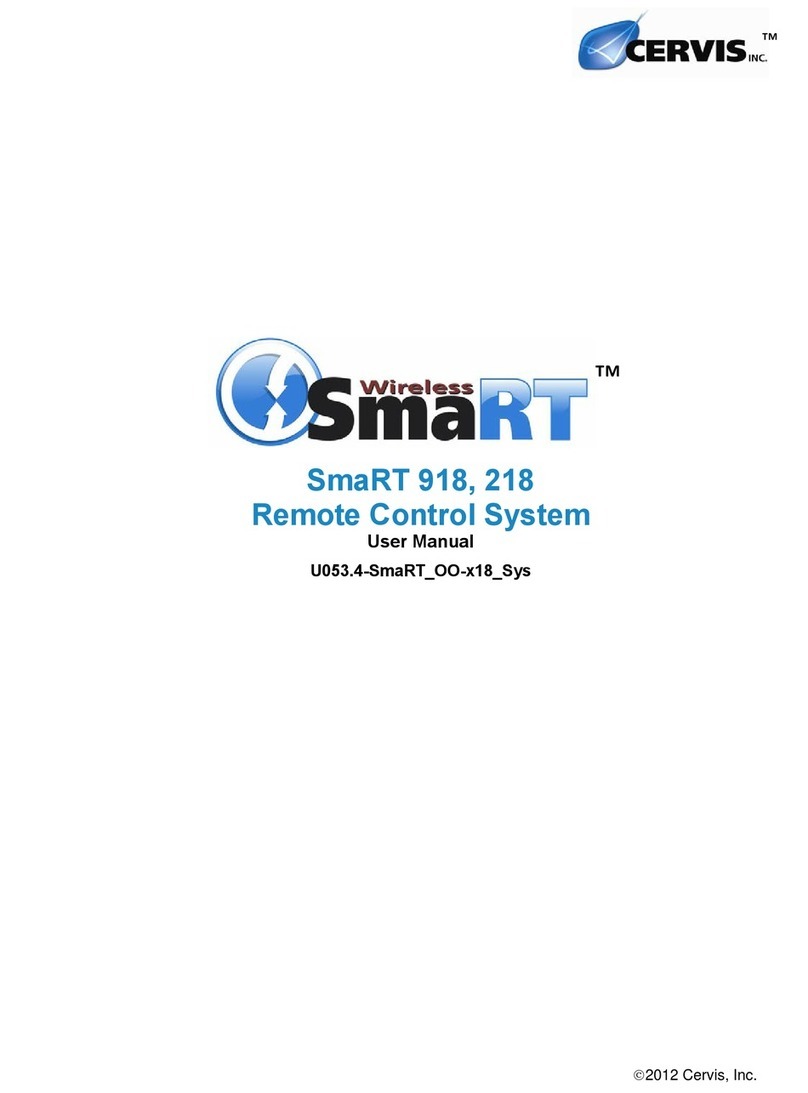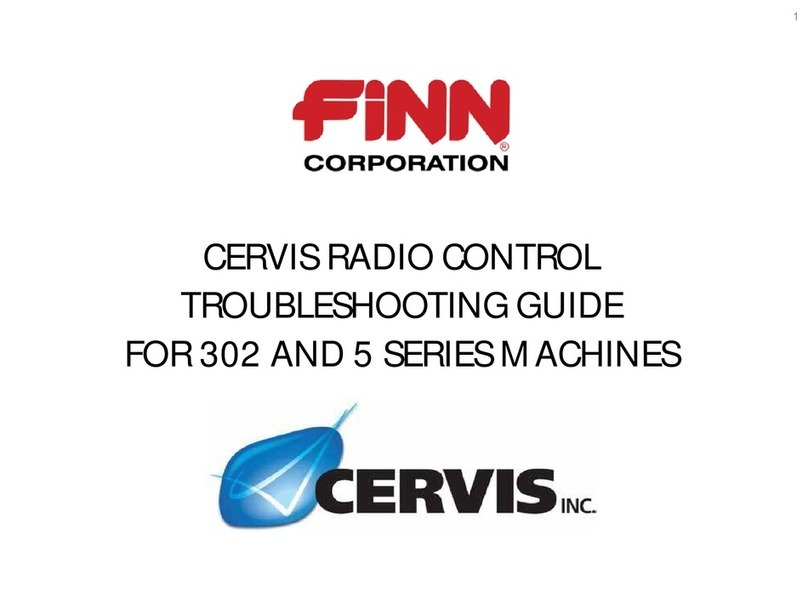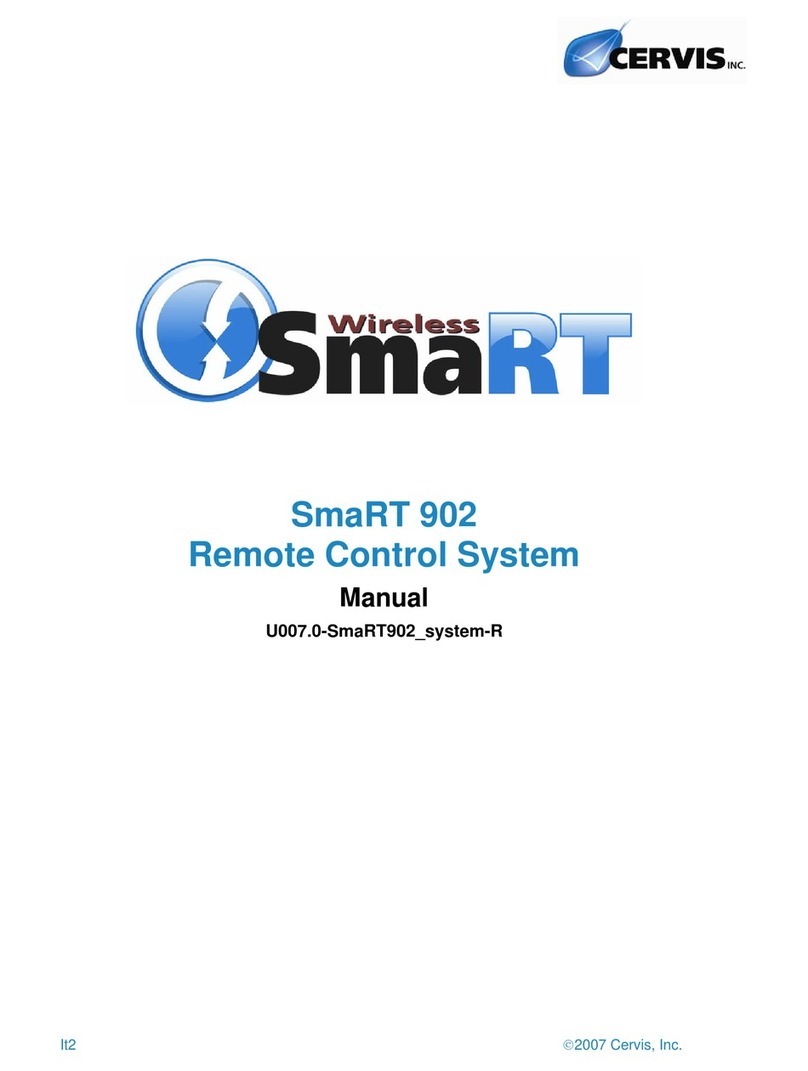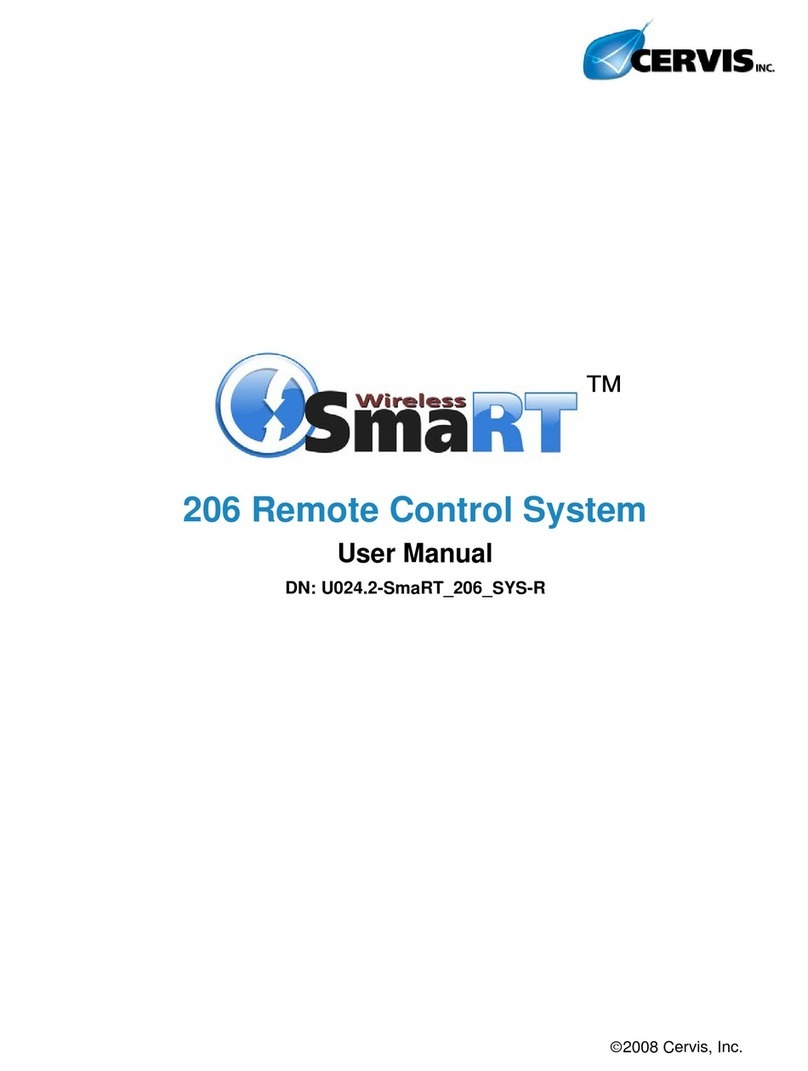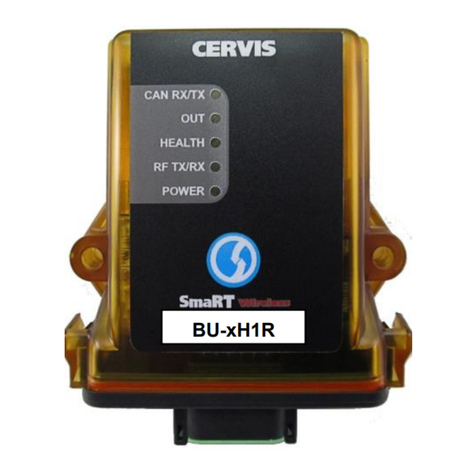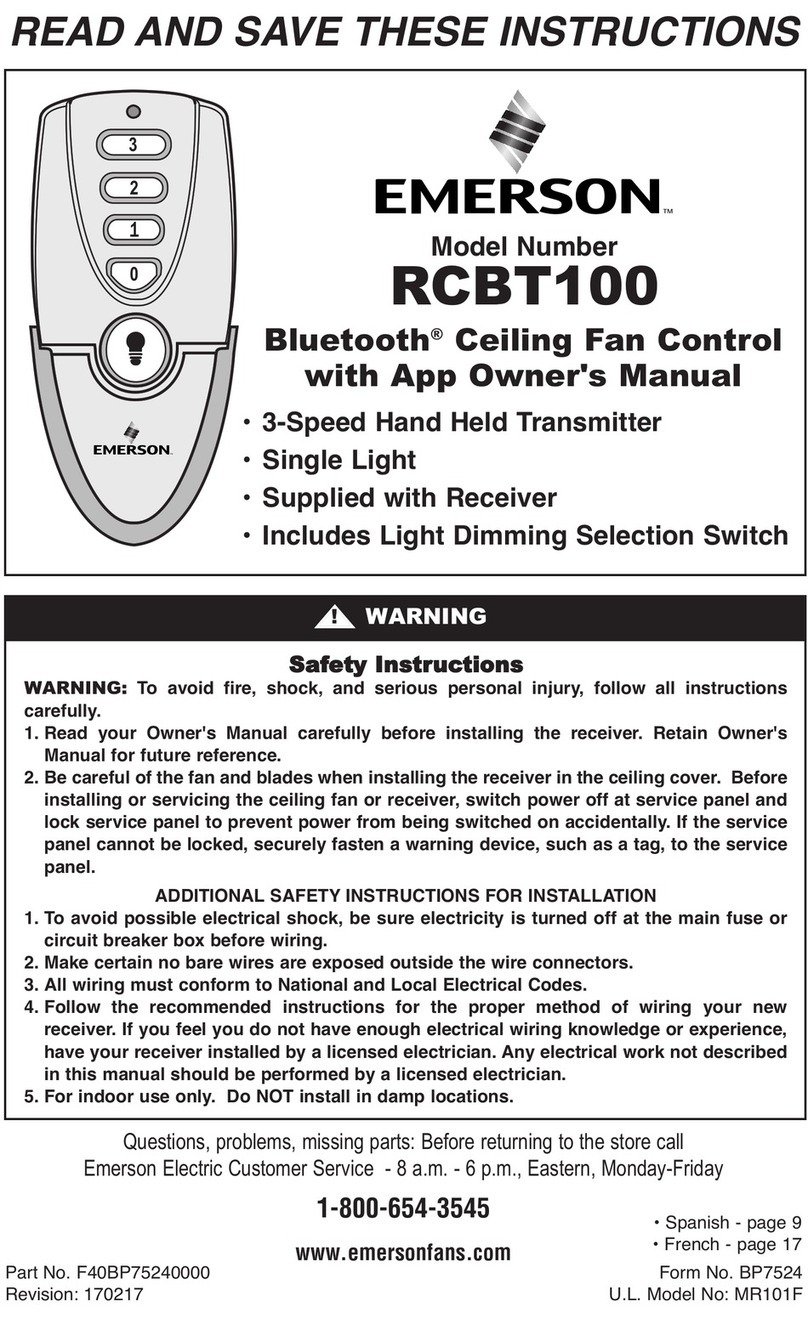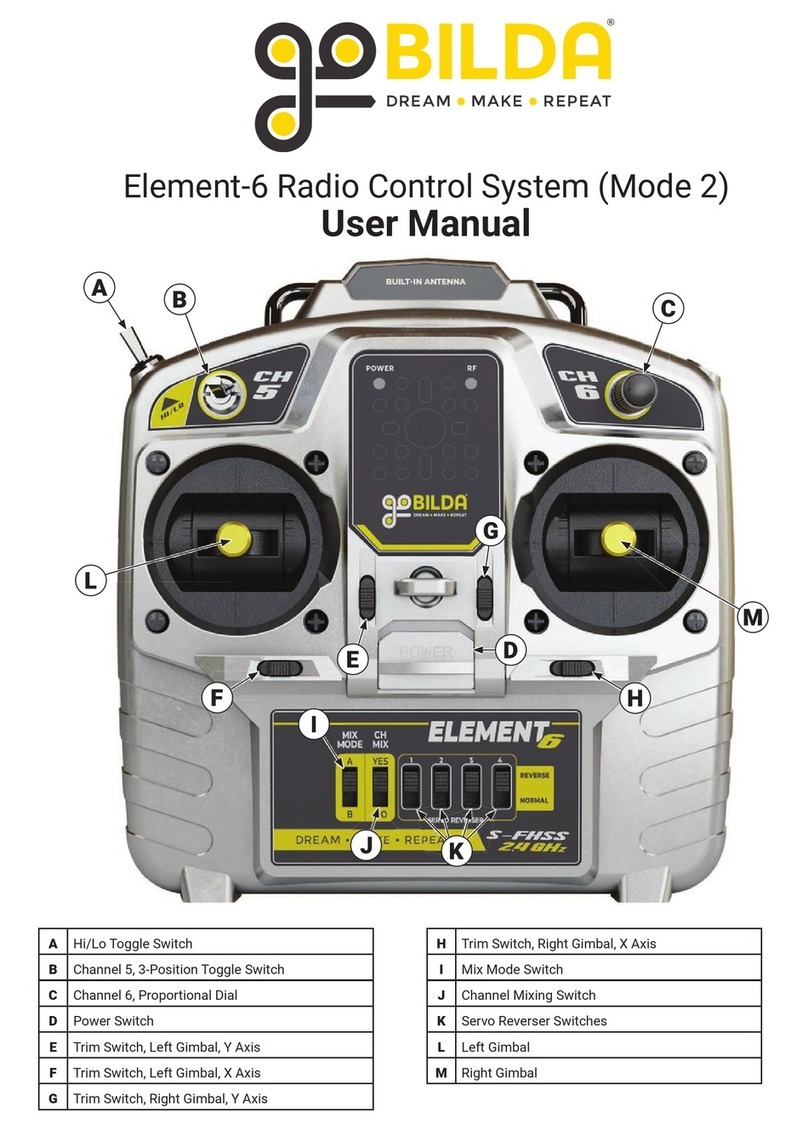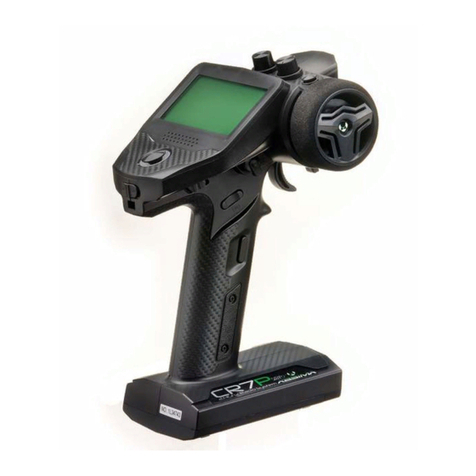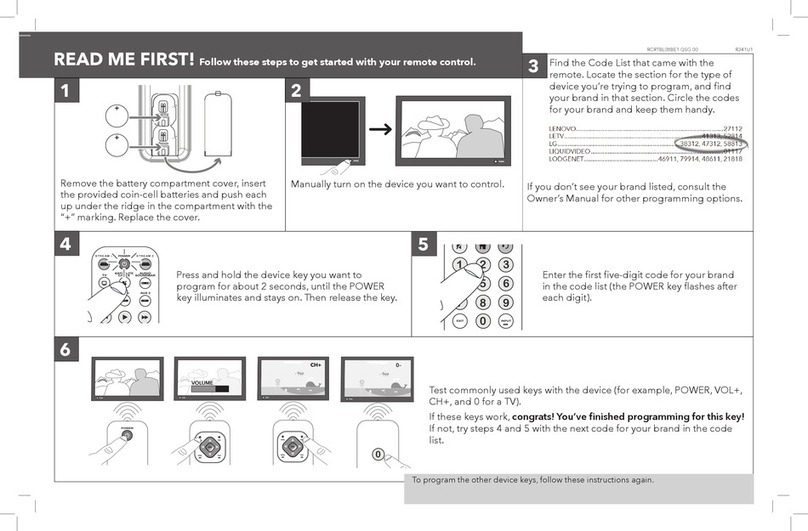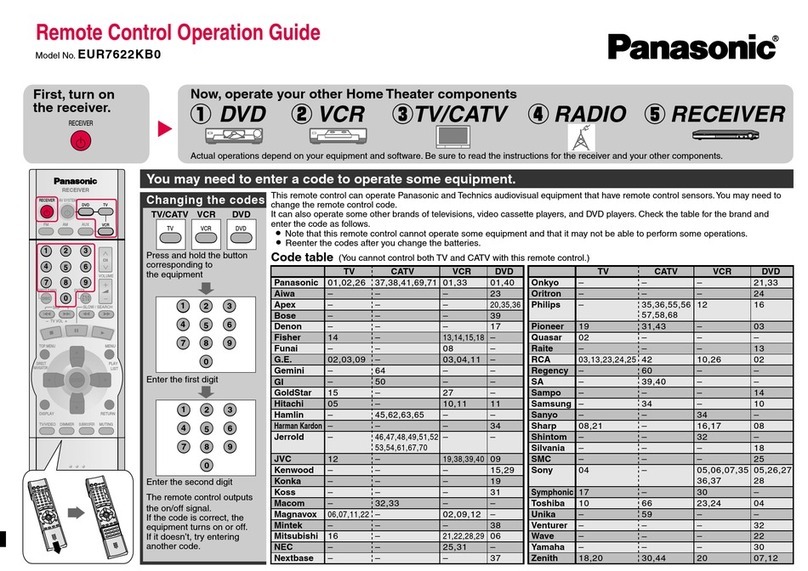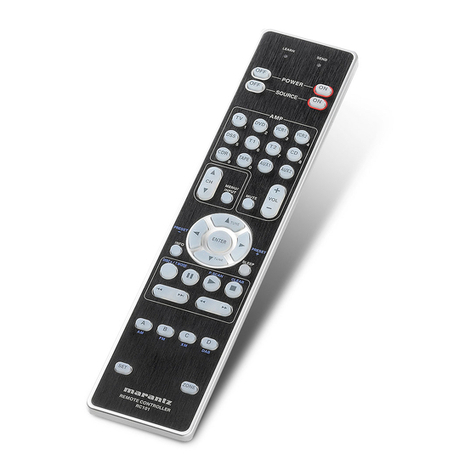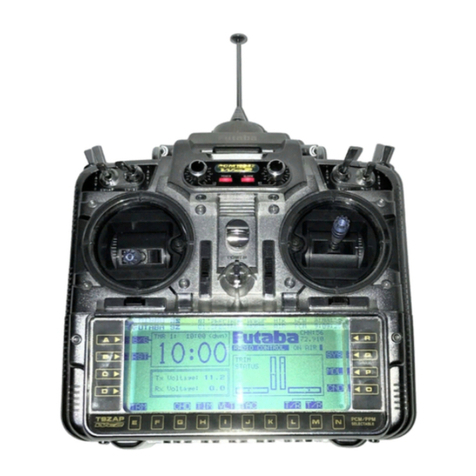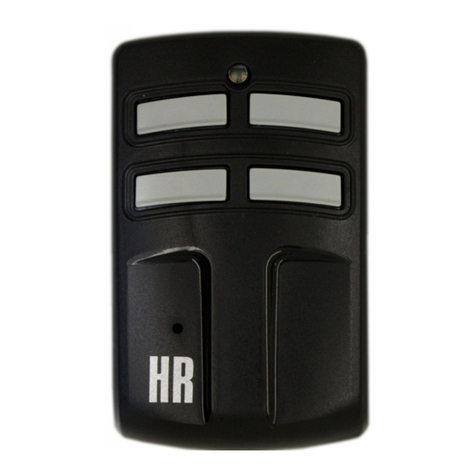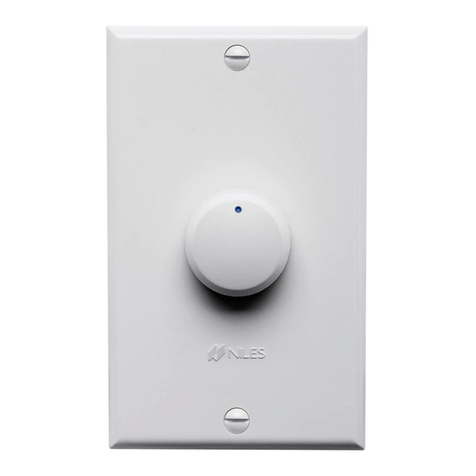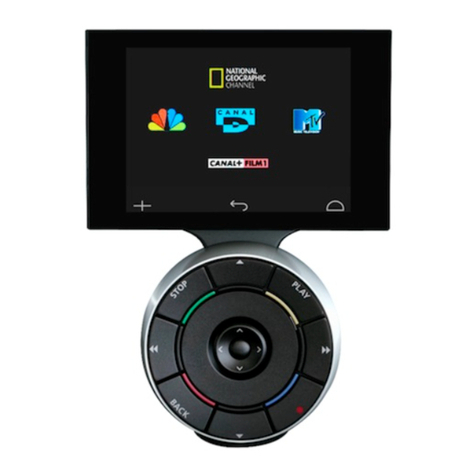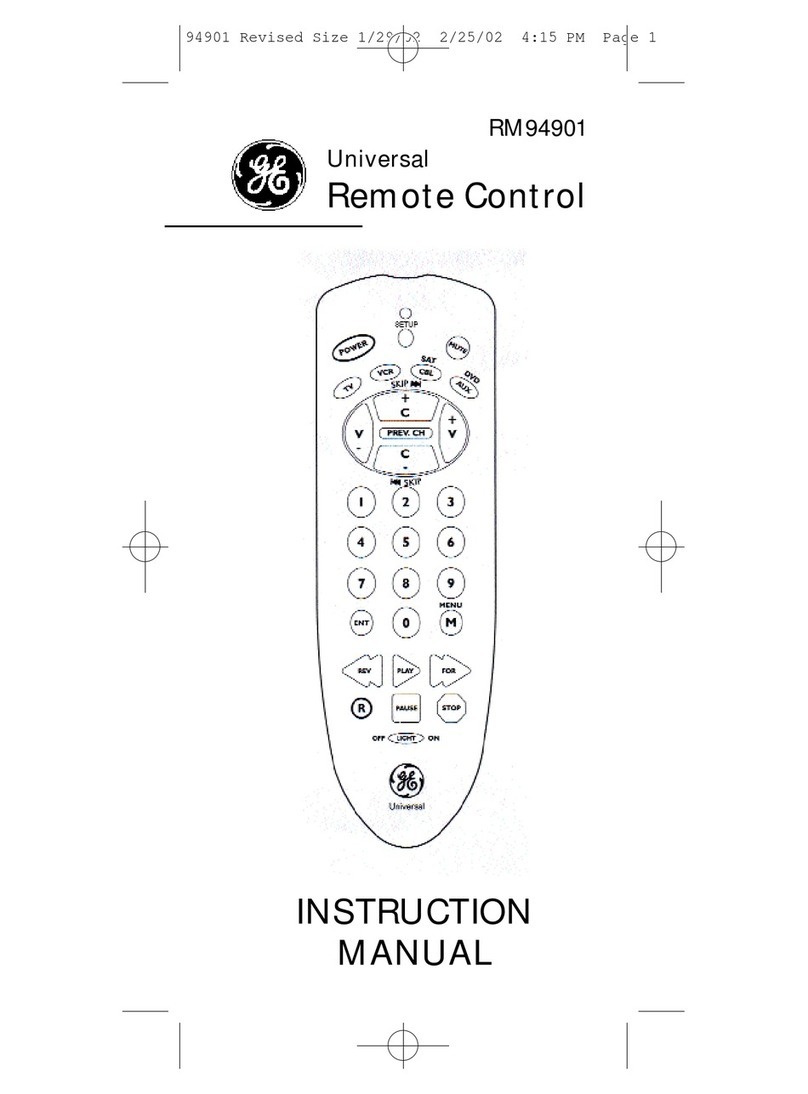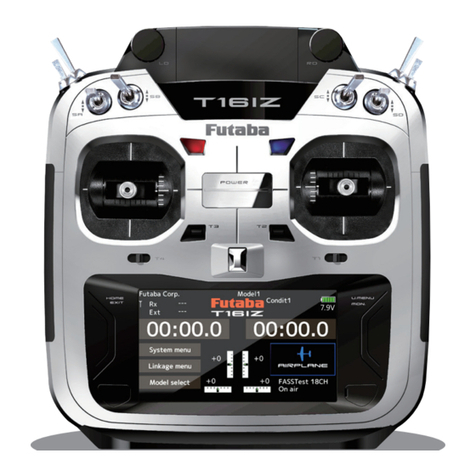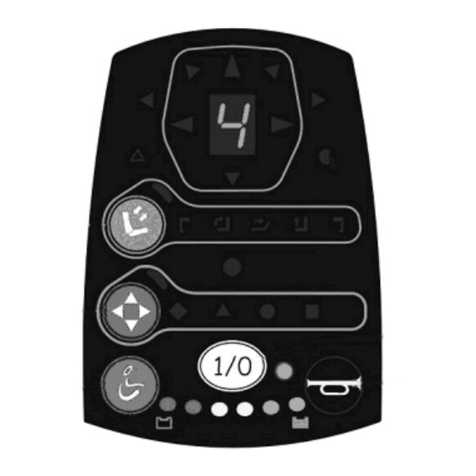
System User Manual
2007-2016 Cervis, Inc.
Table of Contents
List of Figures .............................................................................................................................. ii
List of Tables................................................................................................................................ ii
Welcome to Cervis....................................................................................................................... 1
1.0 TM70 System Description ................................................................................................... 2
2.0 Safety Instructions............................................................................................................... 5
2.1 What You MUST Do .......................................................................................................... 5
2.2 What You MUST NOT Do.................................................................................................. 5
3.0 System Component Installation ......................................................................................... 7
3.1 Transmitter Battery........................................................................................................... 7
3.2 CB70 Battery Charger ...................................................................................................... 9
3.2.1 Charging Tips............................................................................................................. 10
3.3 Receiver Installation....................................................................................................... 10
3.4 Starting Up....................................................................................................................... 13
4.0 Using the System............................................................................................................... 15
4.1 General Instructions....................................................................................................... 15
4.2 Battery Level Monitor..................................................................................................... 15
4.2.1 LCD Option Power Level Display............................................................................... 16
4.3 Programming a Spare Transmitter ............................................................................... 16
4.3.1 Transfer EP70 From Transmitter to Spare Transmitter ............................................. 16
4.3.2 Copy Receiver EP70 to Transmitter EP70................................................................. 17
4.4 Programming the Machine Identification in LCD Transmitters ................................. 19
4.5 LCD Display Analog Feedback Calibration.................................................................. 20
4.5.1 Calibrating Analog Feedback..................................................................................... 20
4.6Range Limiter.................................................................................................................. 21
4.6.1 Infrared Sensor........................................................................................................... 22
4.6.2 Infrared Transmitter.................................................................................................... 23
4.6.3 Installation .................................................................................................................. 23
4.6.4 Technical Characteristics of the LA70........................................................................ 24
5.0 Maintenance ....................................................................................................................... 25
5.1 Precautions ..................................................................................................................... 25
5.2 Fault Identification.......................................................................................................... 25
5.2.1 Transmitter................................................................................................................. 25
5.2.2 Receiver ..................................................................................................................... 25
5.3 Returning Equipment for Repair ................................................................................... 26
5.4 Spare Parts...................................................................................................................... 27
5.5 Common Spare Parts Identification (limited)............................................................... 29
6.0 Warranty.............................................................................................................................. 32

